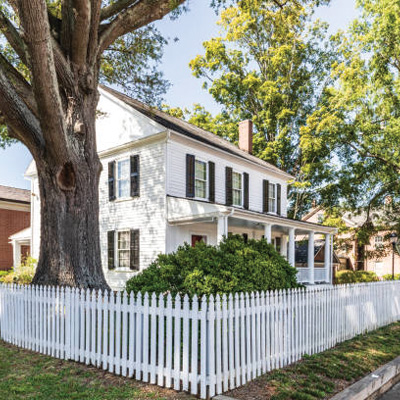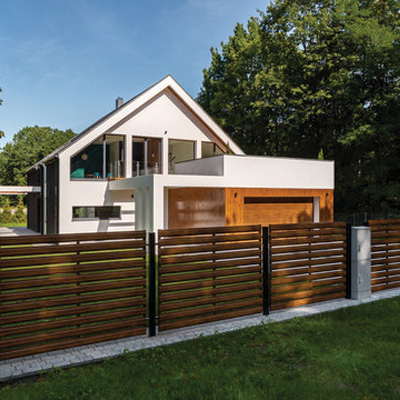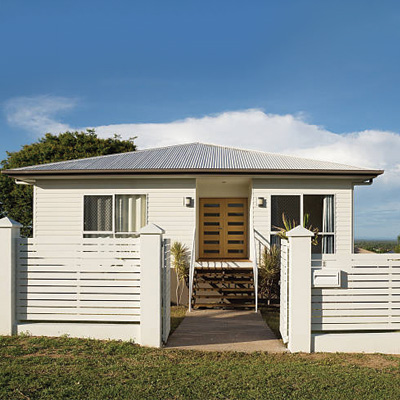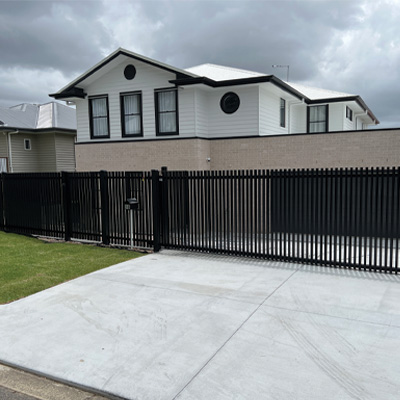Architectural Style of Your Home
Your home’s design plays a significant role in selecting the appropriate fence. Traditional fences tend to complement classic, colonial, or heritage-style homes, maintaining architectural harmony. Conversely, modern fences are better suited to contemporary homes with minimalist or avant-garde designs.
Purpose of the Fence
Consider what you want your fence to achieve. If privacy is a priority, modern fences with solid panels might be more effective. For decorative purposes or to create a welcoming atmosphere, traditional picket or wrought iron fences could be preferable. Security needs, such as height and strength, should also influence your choice.
Maintenance Commitment
Evaluate how much time and effort you’re willing to invest in maintaining your fence. Traditional fences typically require more regular upkeep to preserve their appearance and structural integrity. Modern fences generally demand less maintenance, freeing up your time for other activities.
Budget Constraints
Assess both the initial installation costs and long-term expenses. While traditional fences might be less expensive upfront, the ongoing maintenance costs can add up over time. Modern fences may have higher initial costs but could prove more economical in the long run due to lower maintenance requirements.
Environmental Impact
If sustainability is important to you, consider the environmental implications of your fencing material. Wood is a renewable resource when sourced responsibly, but treatments and paints can have environmental downsides. Many modern materials are recyclable, and some composites are made from recycled content, offering eco-friendly options.




